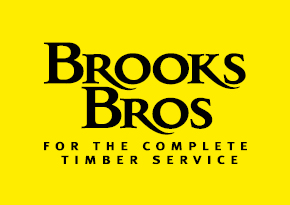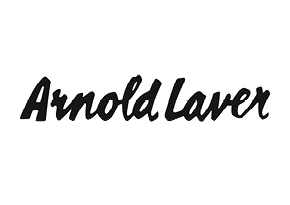Condensation control in dwellings

Condensation in dwellings occurs when warm moist internal air comes into contact with cold inside surfaces, or with cold air or surfaces within the structure.
With improved thermal performance and air tightness in new and existing buildings, the risk of damage from condensation has increased. Most surface condensation is largely caused by the behaviour of occupants, such as breathing, cooking and bathing - all emitting moisture. However, the designer can influence these effects by specifying suitable controls (such as mechanical ventilators) and reducing thermal bridging to enable the occupant to limit the incidence of surface condensation.
This Wood Information Sheet (WIS) explains the difference between surface and interstitial condensation and describes design measures to reduce the incidence of condensation.
Contents:
- Surface condensation
- Interstitial condensation
- Factors that affect condensation
- Control of condensation
- Design measures to reduce condensation
- Properties, units and definitions related to water vapour in air and in materials
This Wood Information Sheet was reviewed in July 2017 and minor corrections were made.
Suggested Reading
Keeping the rain out: good site practice for timber frame buildings
Research has demonstrated that leaving a party wall cavity clear allows it to act like a chimney, pulling warm air upwards towards a cold roof space, with colder air moving in behind it. This cycle of air movement affects the thermal performance of buildings that have party wall cavities, even...
01/01/2016 | Magazine Article
Sole plates in timber frame construction
Sole plates are a vital element in a timber framed building. Their installation has a direct effect on the building's service life, line, level and plumb, and contributes to the speed of construction.
This Wood Information Sheet provides advice on getting the installation of sole plates right first...
20/09/2017 | Wood Information Sheet
Improving thermal performance of existing timber frame buildings
As fuel prices rise, fossil fuel supplies become more unpredictable and we strive to reduce our CO2 emissions, every Watt saved now counts.
This Wood Information Sheet (WIS) outlines the options for improving the thermal performance of existing timber frame buildings and summarises the important issues that specifiers...
06/04/2015 | Wood Information Sheet

















